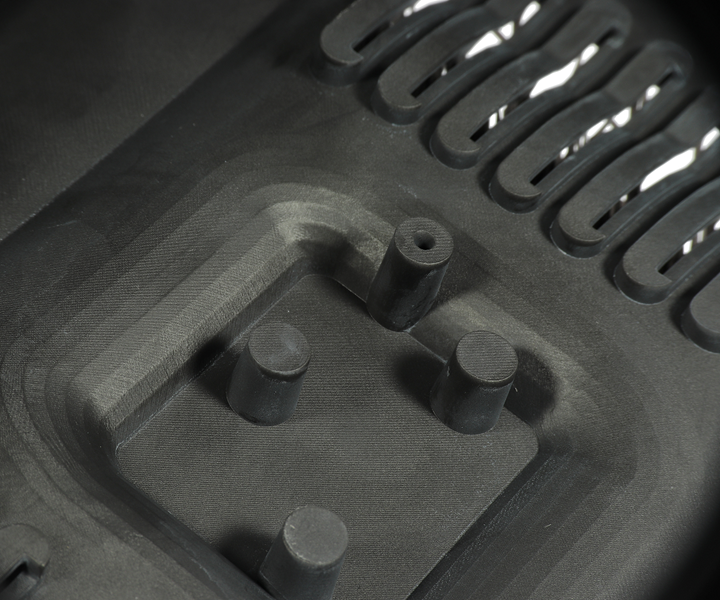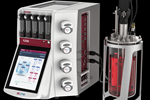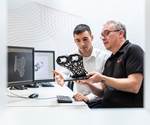Henkel Working with Australian Company on 3D Printed Production Parts
Asiga has validated several materials for use on the MAX and PRO 4K series printers.

Detailed view of the 3D printed electronic housing part with ventilation slits and openings for cables and electronics.
Australian-based Asiga, a manufacturer of 3D printing equipment, has joined Henkel’s Open Materials Platform to provide the additive manufacturing industry with production-grade 3D printed parts.
Henkel offers a broad portfolio of materials for the 3D printing industry. Working together, the two companies are leveraging their experience in chemistry and 3D printing technologies to drive additive manufacturing production.
Asiga was an early user of desktop stereolithography, launching the world's first LED based DLP 3D printer in 2011. Today, the company continues to focus on a range of process monitoring technologies that control part accuracy and production stability across many industries including medical and general manufacturing. Asiga's product line consists of desktop 3D printers with their MAX series through to their large format floor standing PRO 4K.
Asiga’s SPS technology and Open Material System reportedly provides a repeatable, productive and accurate 3D printing platform for Henkel’s additive manufacturing materials. Asiga has validated several materials for use on the MAX and PRO 4K series printers.
“Asiga offers an innovative open platform that is cohesive with many of our materials,” says Sam Bail, head of OEM partnership, 3D printing at Henkel. “We also share a common vision of unlocking the promise of additive manufacturing at scale. The industrial sector is ripe for development, and with our combined solution, we are poised to help customers benefit from many of 3D printing’s biggest advantages, including design innovation, customization, speed, and scalability, among others.”
Related Content
-
NPE 2024: Additive Manufacturing Assisting, Advancing Plastics Processing
Exhibitors and presenters at the plastics show emphasized 3D printing as a complement and aid to more traditional production processes.
-
The Connector Conundrum: 3D Printed Mold Tooling’s Role in Innovation
ReelView Fishing faced an electronics obstacle in the development of its new technology for underwater video. Additive manufacturing for moldmaking allowed for the speed necessary to iterate to a solution. How inventors and invention will benefit from new ways of obtaining production-ready tooling.
-
KraussMaffei Nears Completion of Corporate Headquarters Move
The 185-yr old German maker of plastics processing machinery is shifting to a more than 200,000-m2 greenfield site in Parsdorf.




